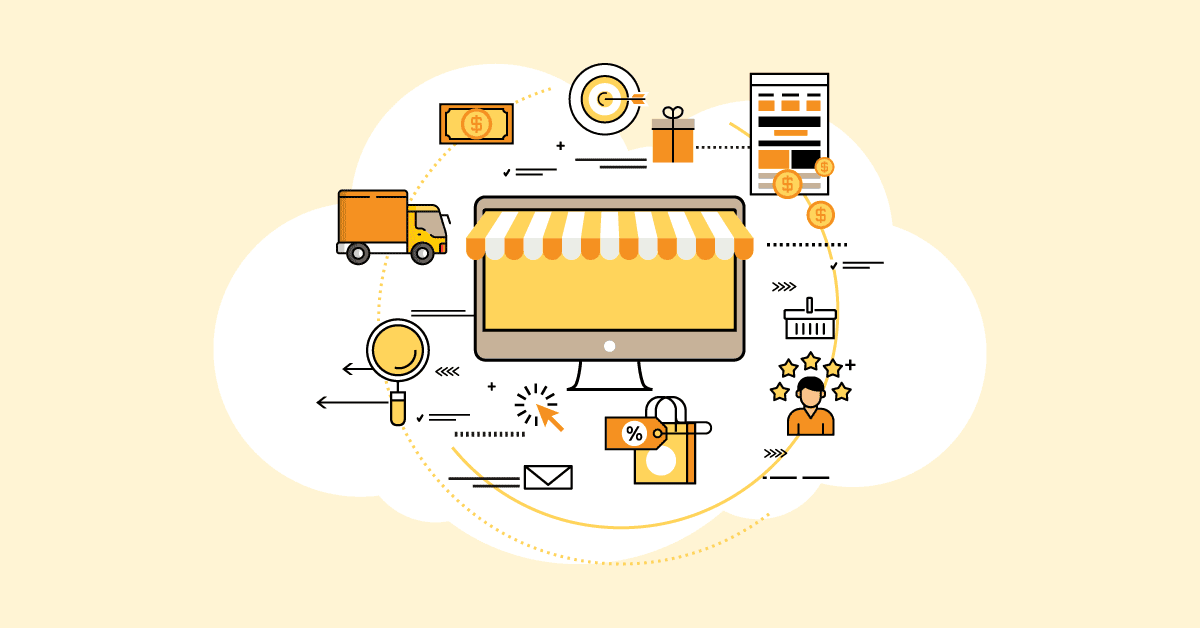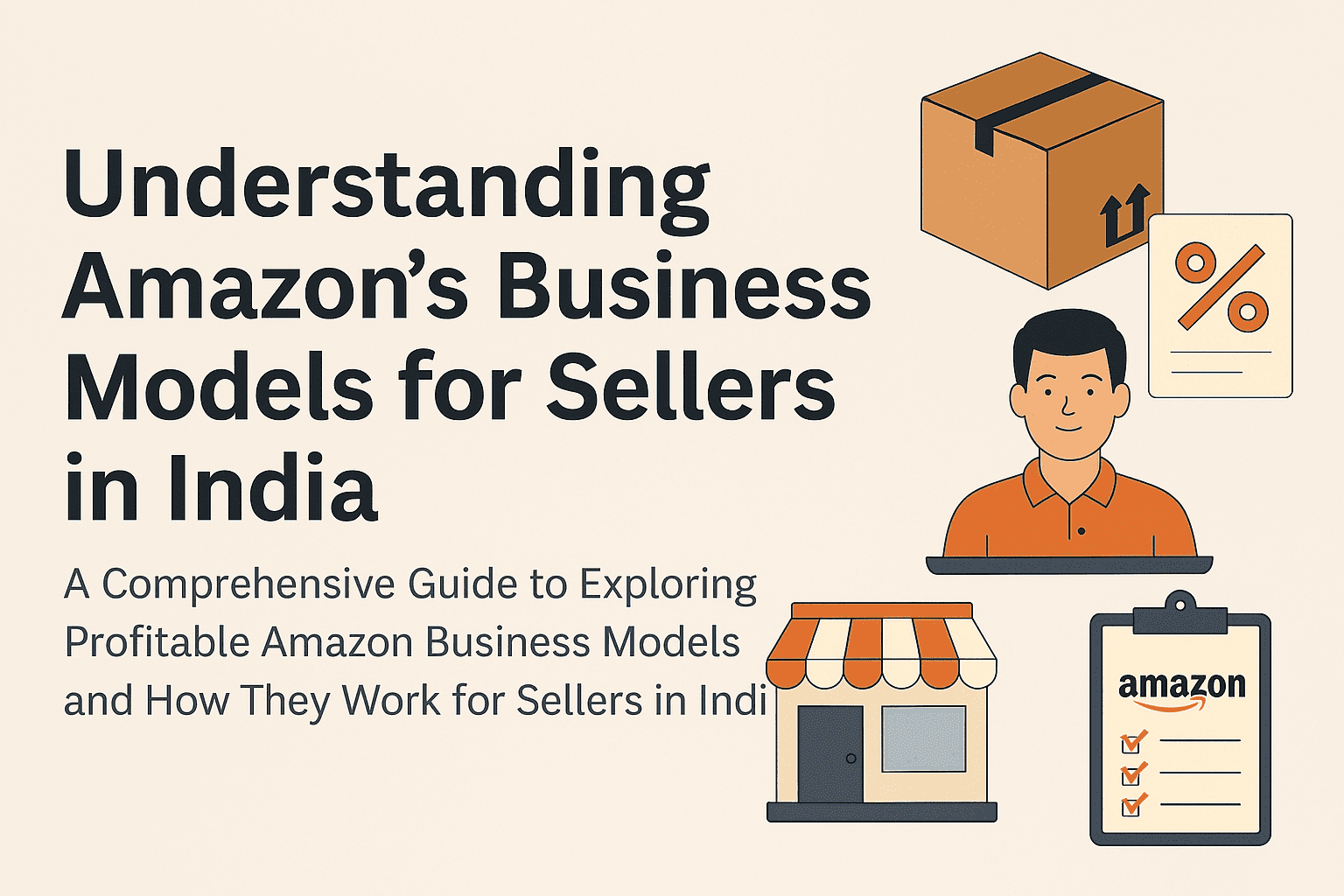
A comprehensive guide to Exploring Profitable Amazon Business Models and How They Work for Sellers in India
Amazon offers a diverse range of business models for sellers in India, each tailored to different business strategies and goals. Selecting the right model is crucial for success in the competitive e-commerce landscape. This comprehensive guide explores the various Amazon business models, their advantages, and considerations for sellers in India.
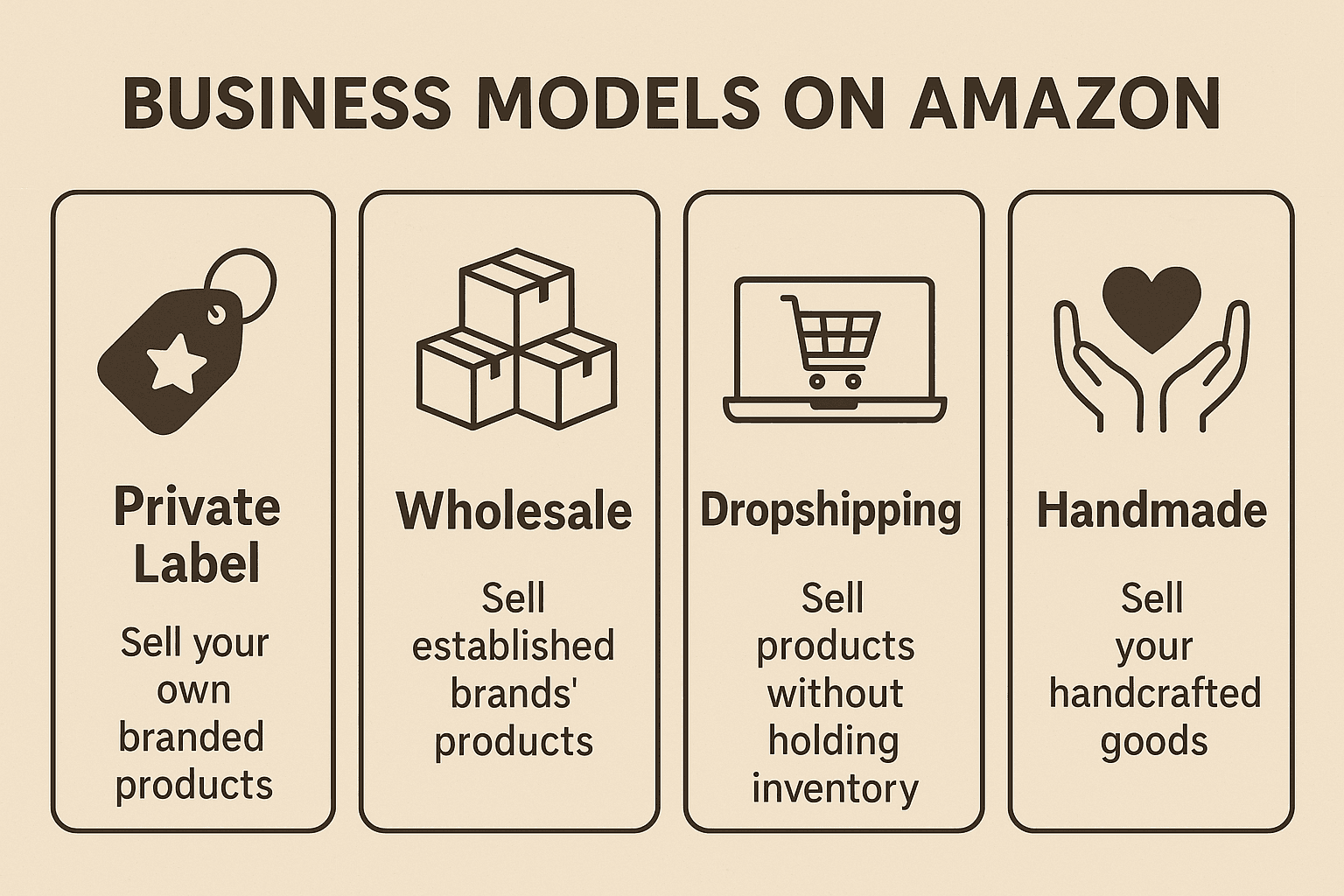
Different business models on amazon
Private Label
Private labelling involves sourcing generic products and branding them under your own label. This model allows sellers to differentiate their products and build brand identity. For example, creating custom-designed phone cases and selling them under your brand name.
Advantages:
- Brand Control: Full control over branding, packaging, and marketing strategies.
- Higher Profit Margins: Potential for increased margins due to brand differentiation.
- Customer Loyalty: Building a loyal customer base through unique branding.
Considerations:
- Initial Investment: Requires investment in product development and branding.
- Inventory Management: Responsibility for stock levels and storage.
- Marketing Efforts: Need for effective marketing strategies to establish brand presence.
Wholesale
Wholesale selling involves purchasing products in bulk from manufacturers or authorized distributors at discounted rates and reselling them individually on Amazon.
Advantages:
- Established Brands: Selling recognized brands can attract a broad customer base.
- Lower Risk: Bulk purchasing often reduces the per-unit cost, mitigating risks.
- Simplified Logistics: Dealing with fewer SKUs can streamline inventory management.
Considerations:
- Capital Requirements: Bulk purchases require significant upfront capital.
- Competition: High competition with other sellers offering the same products.
- Limited Control: Less influence over product branding and differentiation.
Retail Arbitrage
Retail arbitrage involves sourcing discounted products from retail stores and reselling them online at a profit. Sellers identify clearance items or sales in physical stores and list them on Amazon.
Advantages:
- Low Entry Barriers: Minimal investment required to start.
- Quick Turnaround: Fast sourcing and listing processes.
- Diverse Inventory: Ability to offer a wide range of products.
Considerations:
- Time-Consuming: Requires significant time for sourcing and listing products.
- Inventory Limitations: Limited control over product availability and stock levels.
- Variable Profit Margins: Margins can fluctuate based on sourcing deals and competition.
Online Arbitrage
Similar to retail arbitrage, online arbitrage involves purchasing discounted products from online retailers and reselling them on Amazon. This model allows sellers to operate entirely online without the need to visit physical stores.
Advantages:
- Convenience: Entirely online process eliminates the need for physical sourcing.
- Access to a Wide Range: Ability to source products from various online platforms.
- Scalability: Easier to scale operations due to simplified sourcing.
Considerations:
- Profit Margins: Margins may be thin due to competition and sourcing costs.
- Reliability of Suppliers: Dependence on third-party retailers for product availability.
- Policy Compliance: Ensuring adherence to Amazon's policies regarding product sourcing.
Dropshipping
Dropshipping allows sellers to list products without holding inventory. When a customer places an order, the seller purchases the product from a third-party supplier who ships it directly to the customer.
Advantages:
- Low Overhead Costs: No need to invest in inventory or warehouse space.
- Flexible Location: Business can be managed from anywhere with internet access.
- Wide Product Range: Ability to offer a broad selection without inventory constraints.
Considerations:
- Lower Profit Margins: Margins can be slim due to supplier costs and competition.
- Shipping Times: Longer shipping durations can affect customer satisfaction.
- Supplier Reliability: Dependence on suppliers for product quality and fulfillment accuracy.
Handmade
The Handmade model is exclusive to artisans creating unique, handcrafted products. Sellers list their original creations on Amazon Handmade.
Advantages:
- Unique Products: Sellers can offer products that are one-of-a-kind, appealing to customers seeking handcrafted and personalized items.
- Personal Connection: Direct interaction with customers is possible, allowing for a personalized shopping experience.
- Support for Artisans: The Handmade model fosters an ecosystem that supports creators and artisans, allowing them to reach a global audience.
Considerations:
- Scalability Challenges: It can be difficult to scale up production as the business grows due to the time and effort involved in creating each product.
- Labor-Intensive: Producing handmade products requires significant manual effort and attention to detail, limiting the number of items that can be created.
- Market Niche: While there is demand, the handmade market is niche, and competition from mass-produced items can be intense.
Choosing the Right Business Model
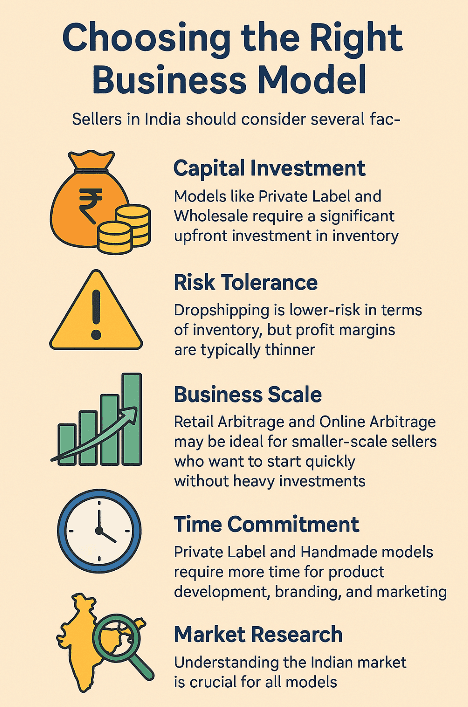
When deciding on the best Amazon business model, sellers in India should consider several factors:
1. Capital Investment
- Models like Private Label and Wholesale require a significant upfront investment in inventory. Sellers need to be prepared for upfront costs.
- Retail Arbitrage and Online Arbitrage have lower initial costs, making them attractive for sellers with limited capital.
2. Risk Tolerance
- Wholesale and Private Label are more predictable but come with higher risks related to inventory management and competition.
- Dropshipping is lower-risk in terms of inventory, but profit margins are typically thinner.
3. Business Scale
- Wholesale and Private Label are more suited for sellers looking to scale their operations.
- Retail Arbitrage and Online Arbitrage may be ideal for smaller-scale sellers who want to start quickly without heavy investments.
4. Time Commitment
- Dropshipping can be managed with fewer time requirements, especially if the seller is focused on marketing and customer service.
- Private Label and Handmade models require more time for product development, branding, and marketing.
5. Market Research
- Understanding the Indian market is crucial for all models. Sellers should focus on what products are trending and consider consumer behavior, regional preferences, and price sensitivity in India.
Getting started on amazon India
If you're ready to dive into the world of selling on Amazon India, here’s how you can get started:
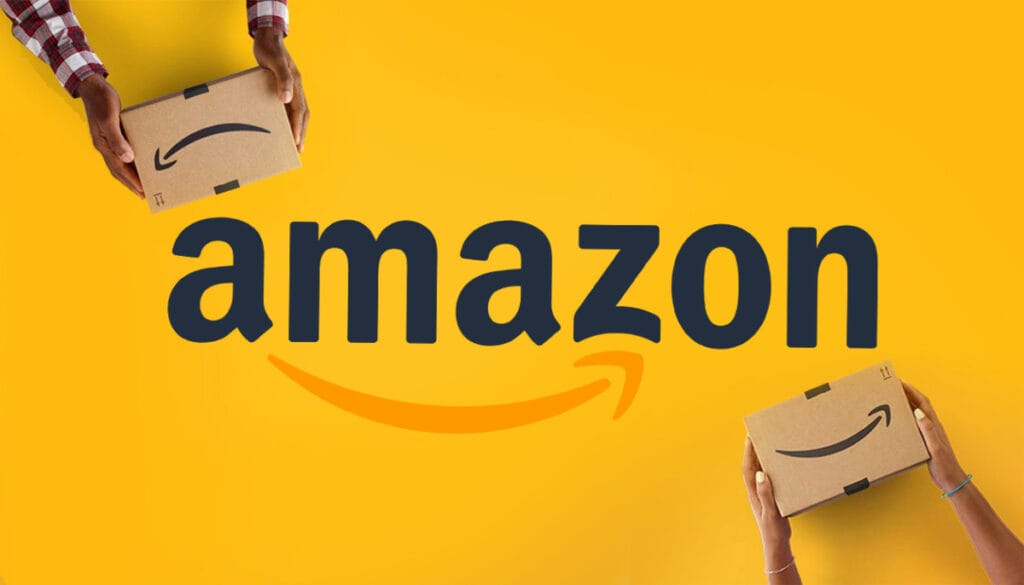
Step 1: Create a Seller Account
- Go to the Amazon Seller Central India page and create your account. You can choose between an Individual Seller account or a Professional Seller account, depending on your business size.
Step 2: Choose Your Business Model
- Decide which Amazon business model aligns with your goals, investment capacity, and time constraints.
Step 3: Register for GST
- As a seller in India, you need to register for Goods and Services Tax (GST) if your annual turnover exceeds ₹40 lakh (₹20 lakh for North-Eastern and hilly states).
Step 4: Source Products
- Depending on your chosen model, start sourcing your products from wholesalers, manufacturers, or suppliers.
Step 5: List Your Products
- Add your products to the Amazon marketplace by creating detailed listings with high-quality images and relevant keywords to improve SEO.
Step 6: Set Up Fulfilment Method
- You can use Fulfilment by Amazon (FBA) for storing and shipping your products, or you can handle fulfilment yourself through Fulfilment by Merchant (FBM).
Step 7: Market Your Products
- Use Amazon's tools like Sponsored Ads, Amazon Promotions, and social media marketing to drive traffic and increase sales.
Read more on how to succeed in amazon India here
Conclusion
Amazon’s diverse business models provide sellers in India with numerous opportunities to build successful online businesses. Whether you're starting small with Retail Arbitrage or scaling up with Private Label, understanding which model best suits your goals is key to long-term success. With careful planning, market research, and effective marketing strategies, you can tap into the vast potential of the Indian e-commerce market.
Amazon's constant evolution and adaptability mean that sellers need to stay up-to-date with trends, policies, and new opportunities. Taking the time to experiment with different models can lead to a profitable and sustainable business on one of the world’s largest online marketplaces.


